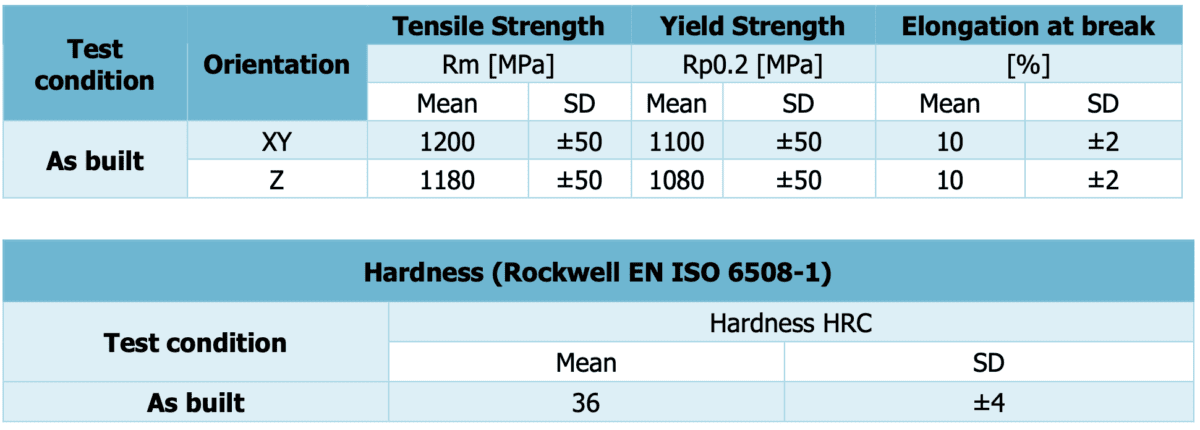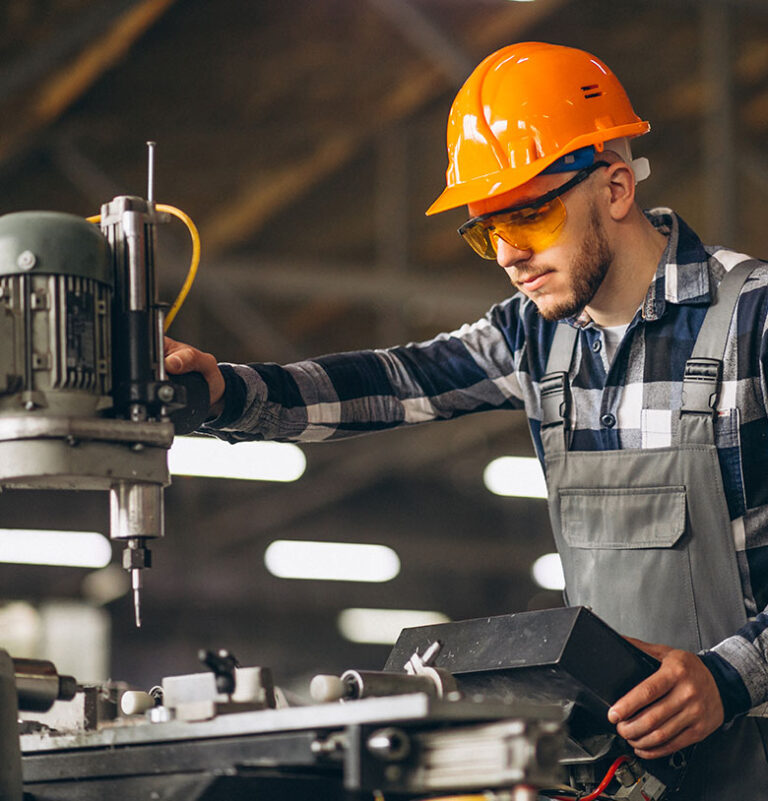Ti6Al4V
Overview
Titanium TC4, also known as Ti-6Al-4V, is a widely used titanium alloy with excellent mechanical properties, corrosion resistance, and biocompatibility. This alloy is composed of Titanium (Ti), Aluminium (Al), and Vanadium (V), and it belongs to the class of alpha-beta alloys. The parameter set offering and capability of Eplus3D for Ti64 performance are included in this document.
Powder compatibility
Ti64 / TC4 / TI-6AL-4V / 3.7165 TITANIUM POWDER Grade 23
EN 573-3: TI-6AL-4V / UNS: R56400 / Ti64 Grade 5
Brief introduction
Titanium TC4 is a highly versatile titanium alloy known for its exceptional properties. Its outstanding strength-to-weight ratio makes it invaluable in aerospace and weight-sensitive applications, while its remarkable corrosion resistance lends itself well to marine, chemical, and biomedical uses. Notably, its biocompatibility makes it a preferred choice for medical implants and prosthetics. Additionally, it offers ease of weldability and can be effectively machined with appropriate tools and techniques.
Powder characteristics
Chemical composition

Mechanical properties

The test samples were printed in the EP-M300 & EP-M650 with the 50µm process.
DIN EN ISO 6892-1: 2020-06: A224
DIN 50125:2022-08: B6x30
Heat treatment
Grade 23 titanium is soft annealed at 650 to 1100 °C and stress relieved at 450 to 600 °C for approx. 8 hours. The heat treatment requires a protective gas atmosphere or a vacuum atmosphere, due to the high affinity of titanium to absorb oxygen and become brittle.
Recommended Heat treatment:

Disclaimer
Recommendations are for guidance only and the suitability of the material for any application can only be confirmed upon getting to know the actual service conditions. Continuous development may cause changes in technical data without any prior notice. The current datasheet is only valid for EPlus3D materials.
All test data has been created with a well-maintained machine with well-maintained powder if machine is operated incorrectly or the feed material is not maintained performance of the material may not be seen.
- Alterations to the parameter sets after they have been provided to the customer may also affect the overall performance of the material.
- All tensile testing carried out to (DIN EN ISO 6892-1: 2020-06: A224, DIN 50125:2022-08: B6x30). Orientation Z defined as vertical perpendicular to the build plate. XY orientation defined as Parallel to the plate in the X or Y direction of the top view of the plate.
- All Hardness measurements carried out to standard (ISO 6508-1:2016).

Metal 3D Printing
Laser powder bed fusion (LPBF) is one of the most popular technologies for fabricating metal 3D parts.

Engineering Solutions
We provide tailored engineering solutions to optimise the design and production process.

Systems and Equipment
Our solution to your needs is beyond a service bureau. We are certified collaborators …
WHY E-3DMETAL?
Nullam suspendisse mauris blandit cum pharetra odio mauris lacus risus. Velit at nam venenatis nunc lorem aliquam.
Safety and security
Egestas faucibus dui sit sagittis mi. Leo tempusinit
Guarantee
Mi ultrices lobortis nullanidun tincidunt non ante in.
Possibility of return
Dignissim et cras consequat nascetur bulla tinci


